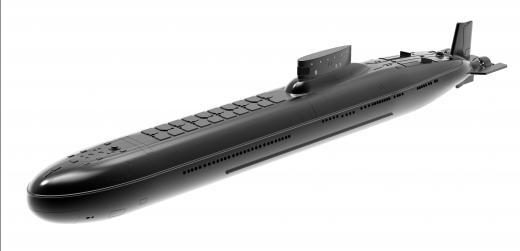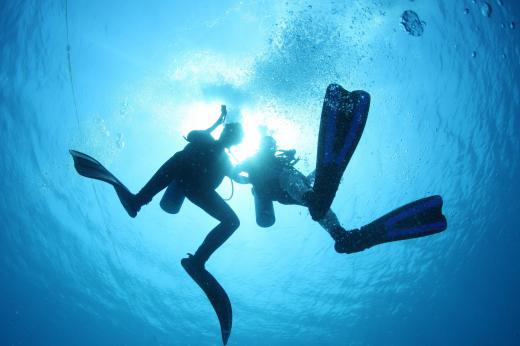What is Neutral Buoyancy?
Neutral buoyancy is attained when an object or body within either a liquid or a gas is neither rising nor sinking but is, instead, maintaining a constant depth. If the effect of gravity on the weight of the liquid or gas displaced by the object is not overcome, in other words if the object is heavier than the medium it’s in, it becomes less buoyant and will sink. Conversely, if the gravitational effect on the object is overcome by too much, if the object is lighter than the medium, it will become more buoyant and will rise. Neutral buoyancy is the state where an object’s mass within a medium equals the weight of the medium displaced.
Ordinarily, water is the most commonly implied medium when speaking of buoyancy. Thus, the pressure toward the surface that water exerts on a submerged object is its buoyancy. The denser the water in which an object is submerged, the more buoyant the object becomes.

Neutral buoyancy in water is a close approximation to the weightlessness of space. Since the mid-1950’s the National Aeronautics and Space Administration (NASA) in conjunction with the US military has maintained the Neutral Buoyancy Space Simulator where astronauts, maintaining constant neutral buoyancy in a huge, water-filled tank, are trained to live and work in the weightless environment of space. NASA currently maintains two such facilities; the original simulator in Huntsville, Alabama and a newer facility in Houston Texas.

Mammals, though somewhat buoyant by nature, constantly create positive and negative buoyancy through the simple act of breathing. Air, inherently lighter than water, is inhaled and stored momentarily in the lungs thus assuring positive buoyancy--rising through the water. Upon exhalation, the mass of the lungs with the depletion of air become more subject to gravity, thus the body becomes more negatively buoyant, more susceptible to gravity, and will tend to sink. Acquisition of neutral buoyancy can be accomplished through controlled breathing.

Submarines are able to achieve neutral buoyancy through a mechanical means of balancing the amount of air with the amount of water in the vessel’s ballast tanks. Skin divers also must be skilled in achieving and maintaining neutral buoyancy. Diving with Self Contained Underwater Breathing Apparatus (SCUBA) equipment essentially demands the ability to maintain a constant depth in order to maneuver and work. Constantly adjusting buoyancy robs a scuba diver of much needed stamina and diverts attention from the objective of the dive, thereby taking away much of the diver’s pleasure and/or usefulness.
AS FEATURED ON:
AS FEATURED ON:













Discussion Comments
Does anyone know if it's possible for non-living objects to achieve neutral buoyancy in water? I don't mean a submarine, but "dumb" objects such as rocks or nails. If not, what equation tells us so? I have been trying to find out for a long time, but cannot.
Post your comments